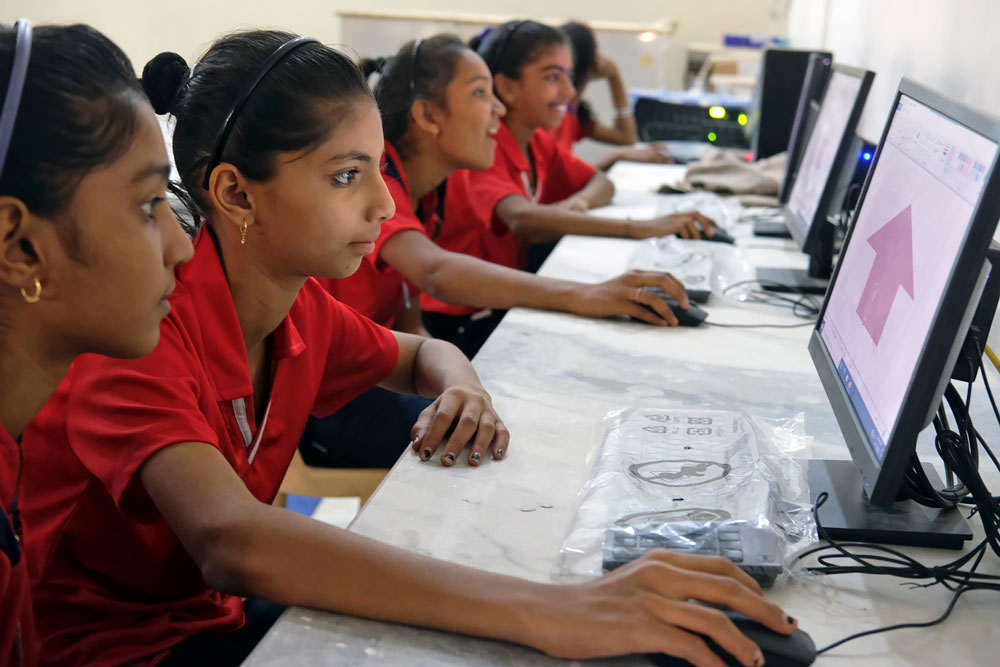90 PER CENT OF ADOLESCENT GIRLS AND YOUNG WOMEN IN LOW-INCOME COUNTRIES ARE OFFLINE – UNICEF
Logan D Suza

According to a new UNICEF analysis released on International Day of Girls in ICT, approximately 90% of adolescent girls and young women do not use the internet, while their male peers are twice as likely to be online.
“Having access to the internet and technology alone is not enough to close the digital divide between boys and girls. “It’s about giving girls the tools they need to become leaders, creators, and innovators,” stated Robert Jenkins, Director of Education for UNICEF. We must immediately assist young people, particularly girls, in acquiring digital skills if we are to address gender gaps in the labor market, particularly in STEM fields.
The study, titled “Bridging the Digital Divide,” Using available data on internet use, mobile phone ownership, and digital skills in mostly low-, lower-middle-, and some middle-income economies, Challenges and an Urgent Call for Action for Equitable Digital Skills Development examines the gender digital divide among young people between the ages of 15 and 24. The report finds that girls are being left behind in a world that is becoming more digital and connected, even though more data that is gender-disaggregated is needed to better monitor, comprehend, and work toward digital inclusion.
Even though improving internet access is important, it is not enough to teach digital skills. For instance, the proportion of youth with digital skills is significantly lower than that of youth with access to the internet at home in the majority of the countries analyzed.
According to the report, girls have the lowest likelihood of being given opportunities to develop the skills necessary for learning and employment in the 21st century. In 32 countries and territories, girls are 35% less likely than their male counterparts to possess digital skills, such as the ability to copy and paste files or folders, send emails, or transfer files.
The root hindrances are far more profound than an absence of admittance to the web, as per the report. The findings suggest that the gender digital divide is largely caused by the educational and family environments. For instance, girls are significantly less likely than boys to have full access to the internet and digital technologies, even within the same household. Among 41 nations and regions remembered for the examination, families are considerably more liable to give cell phones to young men than young ladies.
Girls’ digital inclusion and skill development may be further restricted by obstacles to higher education and the labor market, widespread discriminatory gender norms and stereotypes, and concerns about online safety.
The report also argues that even if girls have equal access to basic reading and math skills and do as well as or better than their male counterparts, this does not always translate to digital skills. Girls need early exposure to technology, training in digital and life skills, and efforts to combat harmful gender stereotypes, particularly within families, as well as online violence, in order to break the barriers that keep them from progressing.
UNICEF is urging partners and governments to bridge the gender gap and provide girls with opportunities for success in a digital world. Some of the suggestions are as follows:
- Teach digital skills equally to girls and boys in and out of school, including community programmes.
- Protect girls’ safety online through virtual safe spaces, policies and laws, and education.
- Promote girls’ access to peer learning, mentoring, internships and job shadowing in the digital/STEM world.




